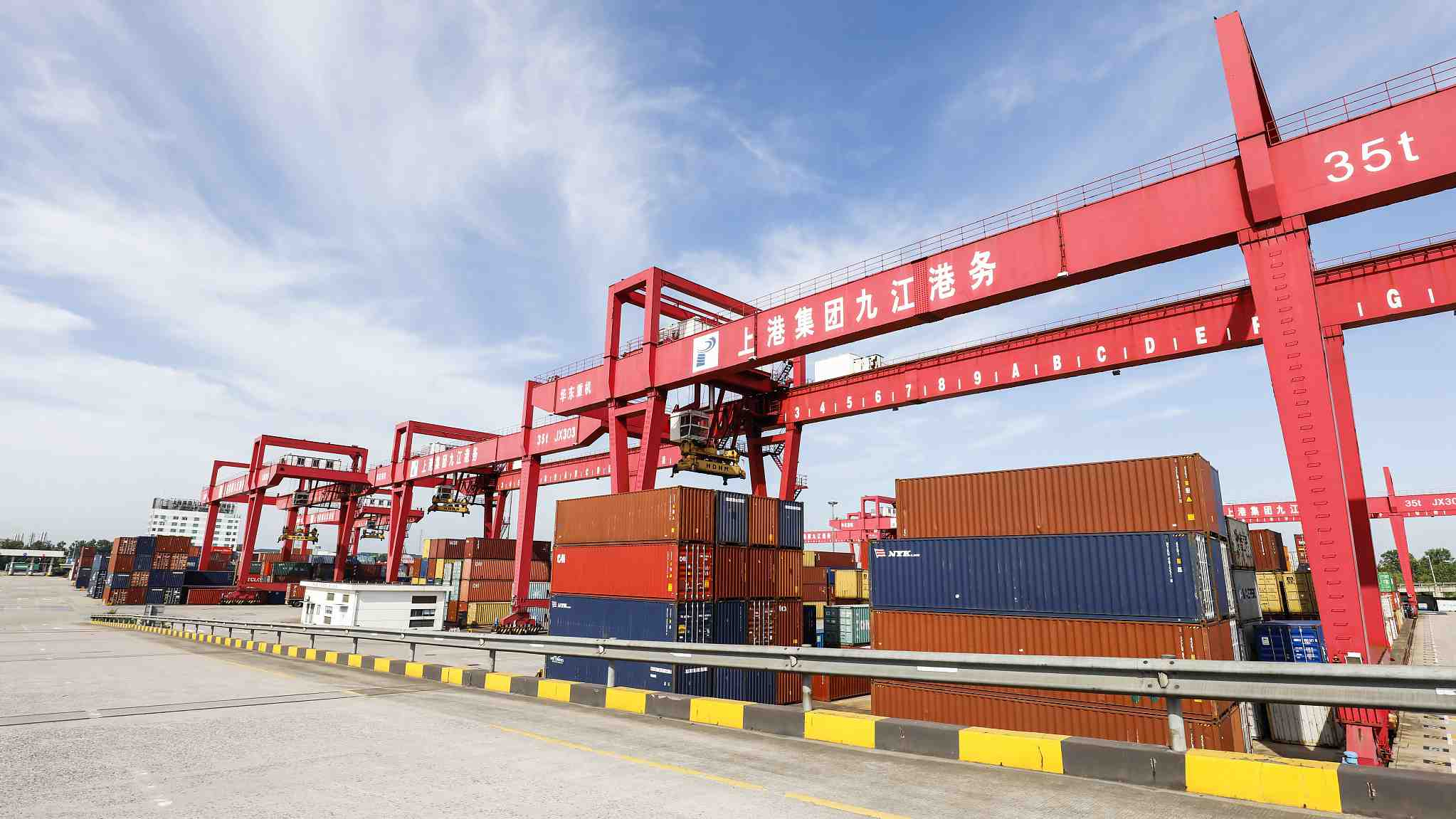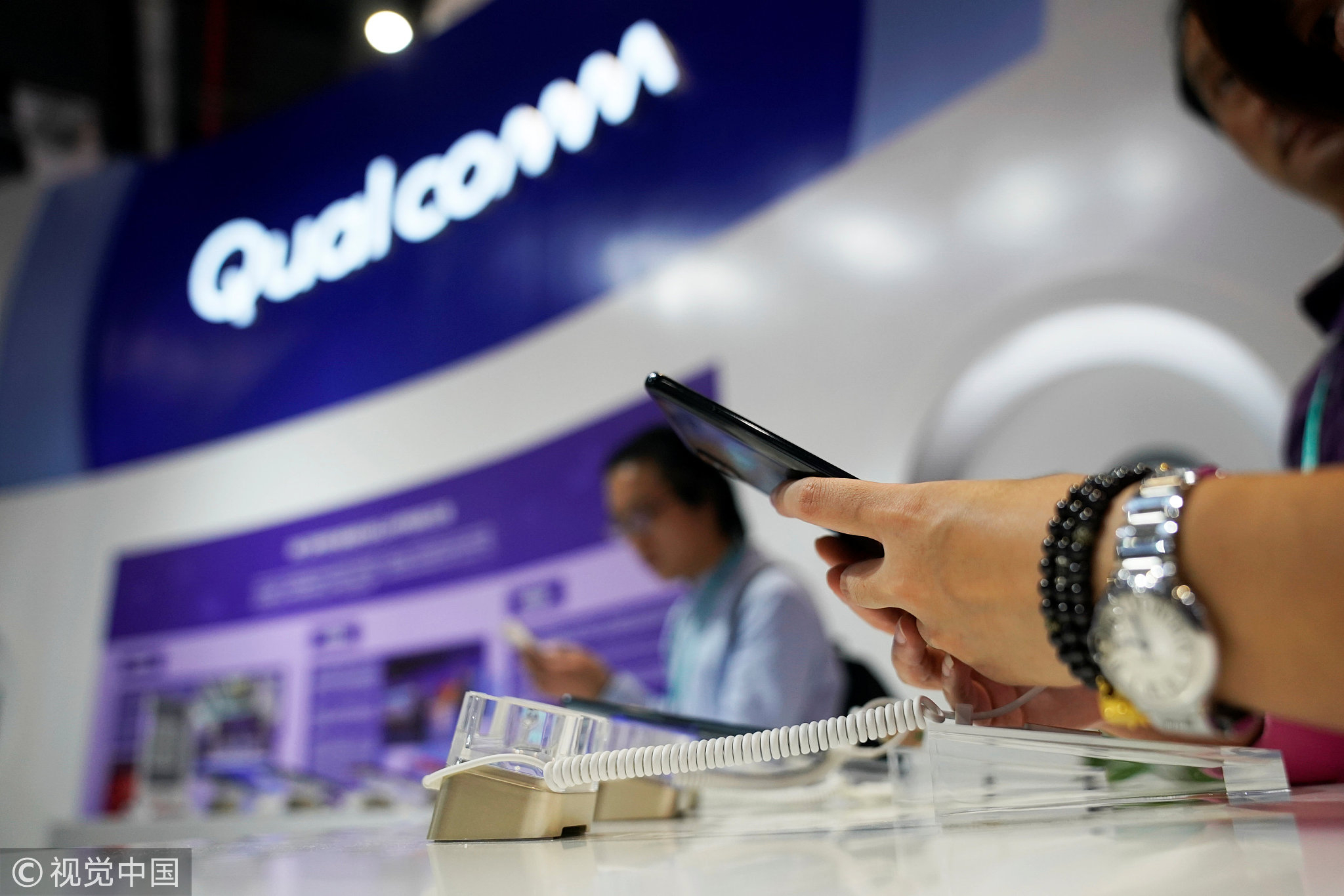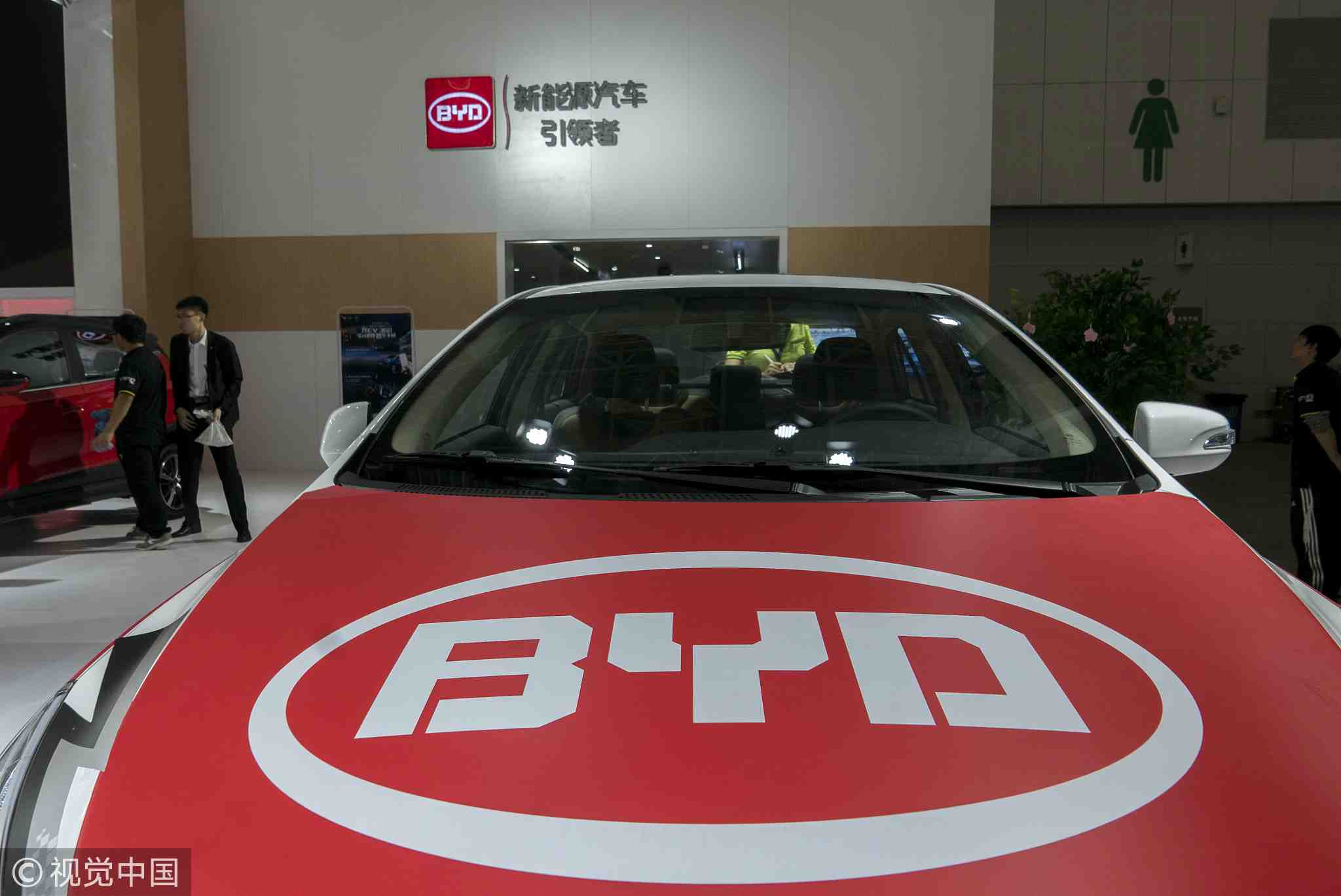
Opinions
19:51, 10-Nov-2018
Opinion: Three misconceptions about China's import market
Updated
19:38, 13-Nov-2018
CGTN's Zhao Yuanzhen

Editor's note: The article is based on an interview with Wang Wen, the executive dean of the Chongyang Institute for Financial Studies at Renmin University of China. The article reflects the expert's opinion, and not necessarily the views of CGTN.
China is now the world's second largest importer of goods as well as services. The reason China hosted its recent import expo in Shanghai is that China is keen to be involved in economic globalization and the trade liberalization process. It also shows that China wants to open its domestic market to a larger extent, just as Chinese President Xi Jinping noted at the opening ceremony of the China International Import Expo (CIIE): China's door will never be closed. It will only open wider.
But long before the expo, there has been many misconceptions about China's foreign trade. While the CIIE is successfully wrapping up and prospective deals are reported to have reached 57.8 billion US dollars, these misunderstandings are hard to clear up.

A Qualcomm sign is seen during the China International Import Expo (CIIE), at the National Exhibition and Convention Center in Shanghai, China, November 7, 2018. /VCG Photo
A Qualcomm sign is seen during the China International Import Expo (CIIE), at the National Exhibition and Convention Center in Shanghai, China, November 7, 2018. /VCG Photo
Some Western countries and their media often criticize China's intellectual property issues. But they should understand that China is a developing country and progress has been made regarding IPR protection. Since China's accession to the WTO, it has pushed thousands of laws and regulations to build the IP legal system and settled over 30,000 trademark infringement cases.
The steady growth of foreign direct investment in China shows that foreign companies in China are also witnessing the achievements China has made. According to the current speed of development, more tangible progress is along the way.
Secondly, the so-called "market for technology" argument is often a point for criticism for the Western media. It refers to the early period of China's reform and opening-up process, when China started to open up its markets especially to foreign auto companies in an exchange for auto manufacturing technology.
From today's point of view, it was a unique choice and strategy for China, as at that time, China only had a vast underdeveloped market. It played its role in that specific historical period in the early 1980s. The development of China's auto industry also has foreign enterprises and joint ventures to thank.

BYD new energy cars on the Auto Expo in Tianjian, China, April, 28, 2018 /VCG Photo
BYD new energy cars on the Auto Expo in Tianjian, China, April, 28, 2018 /VCG Photo
But now the aim of opening China's market has changed remarkably. First of all, the goal of opening is not about obtaining technologies. Rather, China is opening its door to imports and foreign companies for market revitalization and competition mechanism building. Technology development will be a self-creative process achieved through a more competitive market.
In the meantime, China itself has made major technology breakthroughs. In some areas like 5G and artificial intelligence, it is China that is "exporting" technologies to some developed countries. It should be noted that technology is never some kind of equation that can be easily "taken" and applied. And it is not fair to discuss it out of the specific historical context.
Thirdly, even though China has shown its strong determination to further open up and taken actions to lower trade barriers, the voices that say China is protectionist in terms of trade has always been loud. In the report published by the White House in June, it openly claims that China's tariffs and non-tariffs barriers are aspects of China's "economic aggression."
It is true that in the early days of China's reform and opening-up, China's tariffs were high and there were many barriers to foreign imports. If you look at the tariffs list, some of the tariffs are still high. But it should be noted that this is a temporary stage for China to keep lowering its tariffs after its accession to the WTO. As a developing country, China's tariffs reduction cannot be accomplished overnight. It is a process that has to take many factors into account such as market competition, domestic demand, and institutional reform.
Since November 1 this year, China has cut tariffs rate on 1,585 items. The average tariff rate will be reduced from 10.5 percent to 7.8 percent for these items. Last year, China imported 1.8 US dollars' worth of goods, which is about seven times more than that in 2001, when China just joined the WTO. Its service imports have also grown more than 10 times since then.
China's determination to open up is strongly reflected in this process. It probably won't be long for China's zero tariffs and barriers. Misunderstandings will likely stick, but China's actions are the best response.
(If you want to contribute and have specific expertise, please contact us at opinions@cgtn.com.)

SITEMAP
Copyright © 2018 CGTN. Beijing ICP prepared NO.16065310-3
Copyright © 2018 CGTN. Beijing ICP prepared NO.16065310-3